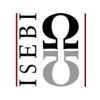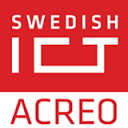Electrical impedance spectroscopy (EIS) enables the characterization of the electrical or dielectric properties of a test object. These electrical properties are crucial for a variety of functional and structural aspects of materials, substances, or products—even when their primary function is not electrical. Thus, electrical impedance spectroscopy plays a significant role in the development of materials, testing of components and industrial products, diagnosis of medical conditions, or quality assurance of chemical and pharmacological processes. Whether it's in bioanalytics and clinical diagnostics, environmental analysis and chemical process engineering, or in the manufacturing and use of electronic components: Electrical impedance spectroscopy is the most important tool for characterizing electrical properties.
Continue reading to get a good overview of the most important aspects of electrical impedance spectroscopy.
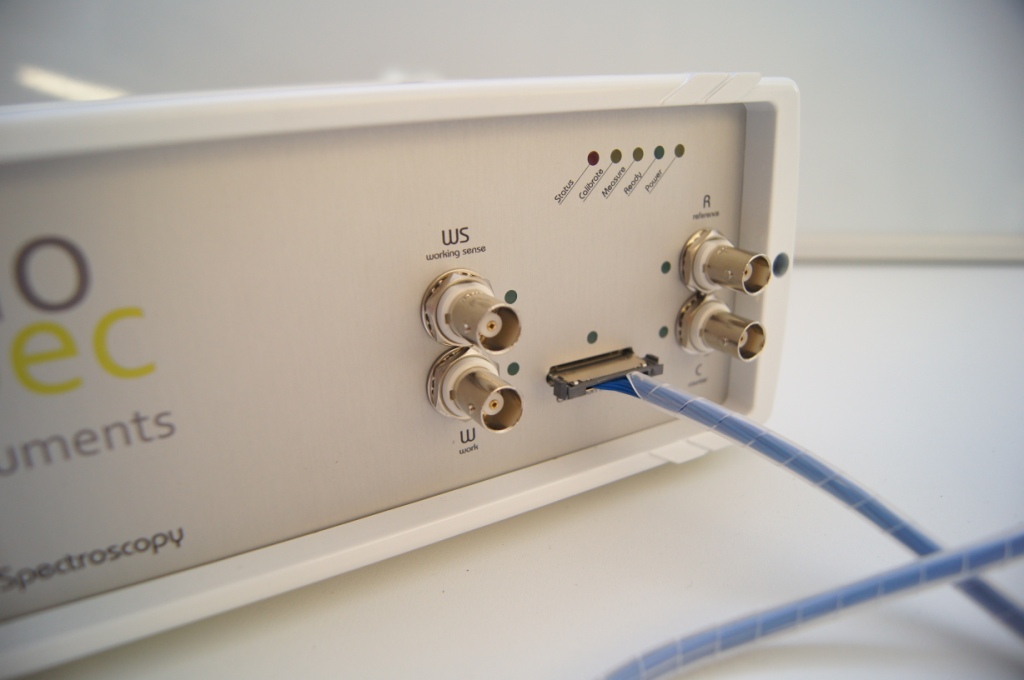
In contrast to a DC or direct current measurement of resistance, electrical impedance spectroscopy captures the frequency dependant complex impedance – represented by magnitude and phase or real and imaginary parts varying with the frequency. Depending on the application area, it is referred to as electrical impedance spectroscopy (EIS), complex impedance analysis, AC resistance measurement, or dielectric spectroscopy – but ultimately it always means the same thing: measuring complex, frequency-dependent electrical impedances. When a complex impedance is traversed by an alternating current i, a voltage difference v forms across this impedance. This follows the Ohm’s law known from simple DC resistances: R = v/i. Complex impedances not only result in a magnitude relationship between voltage and current but also lead to a phase shift. For most practical cases, both the magnitude and phase (or real and imaginary parts) of an impedance vary with frequency.
The material properties underlying electrical impedance are:
These dielectric properties are a significant component of characteristic material parameters. This applies to all types of materials – both technically used and biological, solid as well as liquid or gaseous. In many cases, the electrical properties allow conclusions to be drawn about the structural and functional properties of materials, components, as well as biological tissues or even more complex structures such as organs.
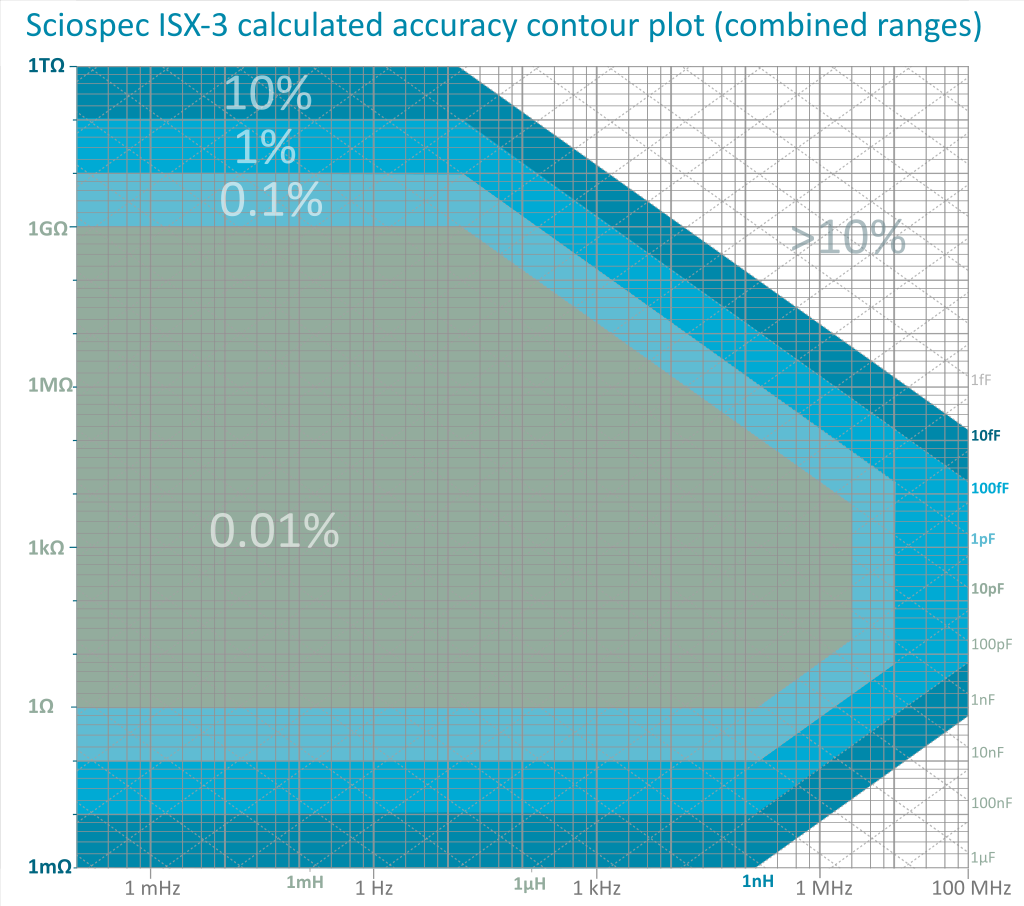
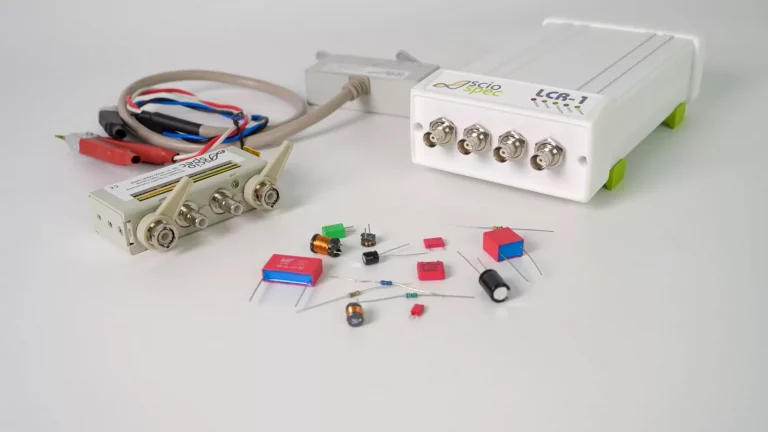
Together with the dimensions of an object and some additional parameters, these material properties give rise to well-known phenomena such as resistance, capacitance, or inductance:
Knowing the shape and dimensions of the material, one can form a geometric constant, through which a conversion between the respective material property and the resulting resistance, capacitance, or inductance becomes possible. For example, the resistance of a simple conductor is given by R=ρ * Length/Cross-sectional area. For a simple plate capacitor, the capacitance is given by C = ε * Area / Distance. To determine the material properties themselves, specialized measurement cells are suitable.
The electrical impedance Z is a complex, frequency-dependent quantity that can also be specified for idealized electrical “building blocks”:
In practice, real measurement objects such as electrical components, materials, sensors, etc., exhibit complex electrical behavior—they do not follow one of the ideal patterns. However, they can be described by combinations of idealized models (electrical equivalent circuits). There are also elements and models adapted to specific applications and phenomena, such as “constant phase elements (CPE),” Warburg impedances, and many others.
In practical terms, the complex and frequency-dependent nature of electrical properties means that measurement at a single frequency is inadequate in most cases. Frequency-resolved (also “spectroscopic”) measurement is required. This is where electrical impedance spectroscopy (EIS) comes into play.

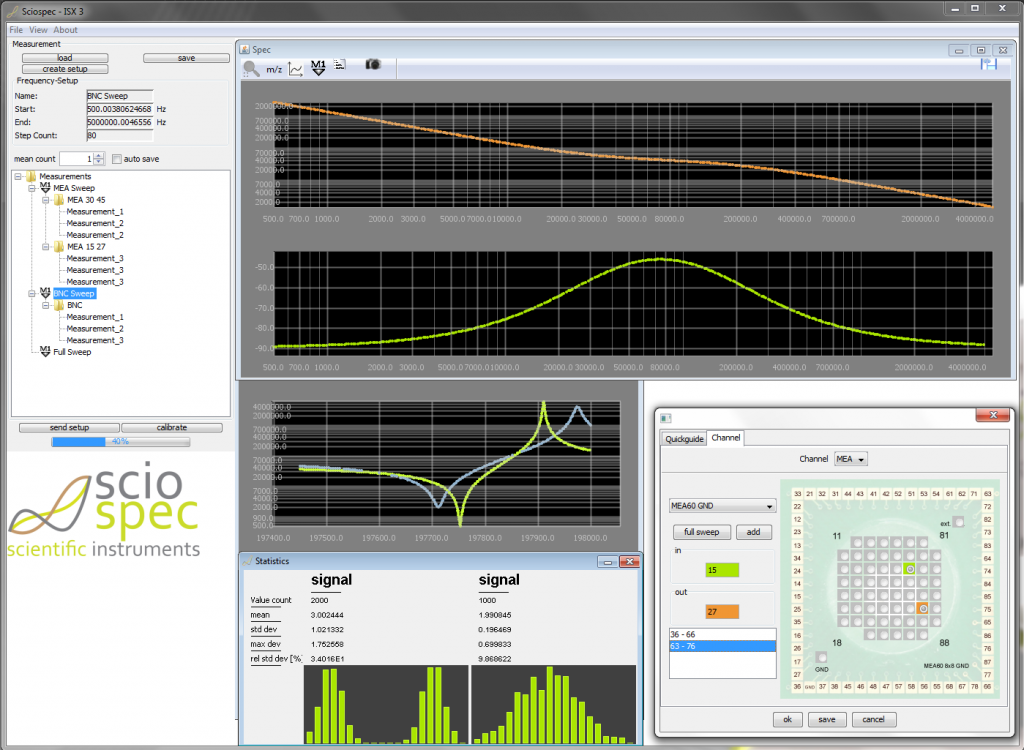
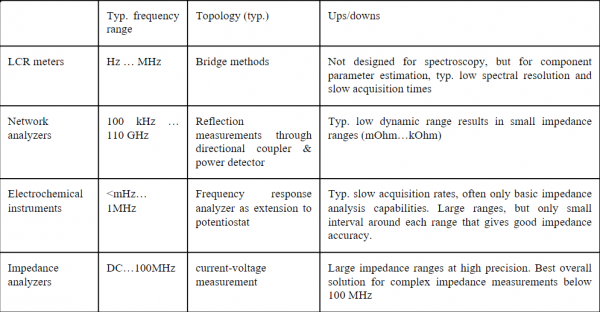
The most common instrument classes for measuring complex impedance are:
Sciospec offers a broad range of solutions for impedance measurement spanning most of these classes, complemented by countless application specific measurement adapters, multiplexing solutions, extensions and add-ons and anything else you need to measure impedance in your domain. To learn more about impedance measurement instruments, the key parameters and their implications and what to look out for when choosing your setup, check out our impedance analyzer solutions.
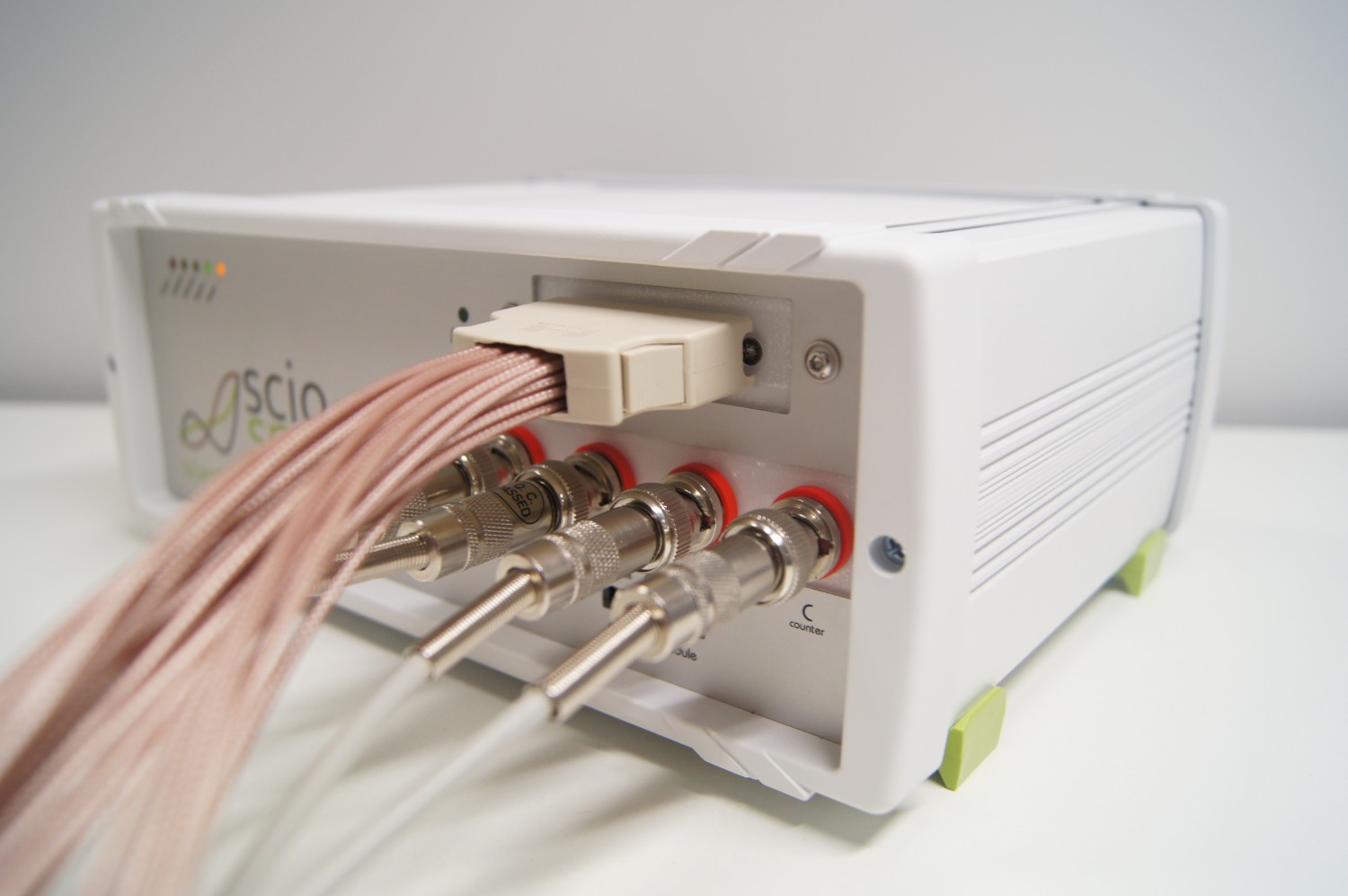
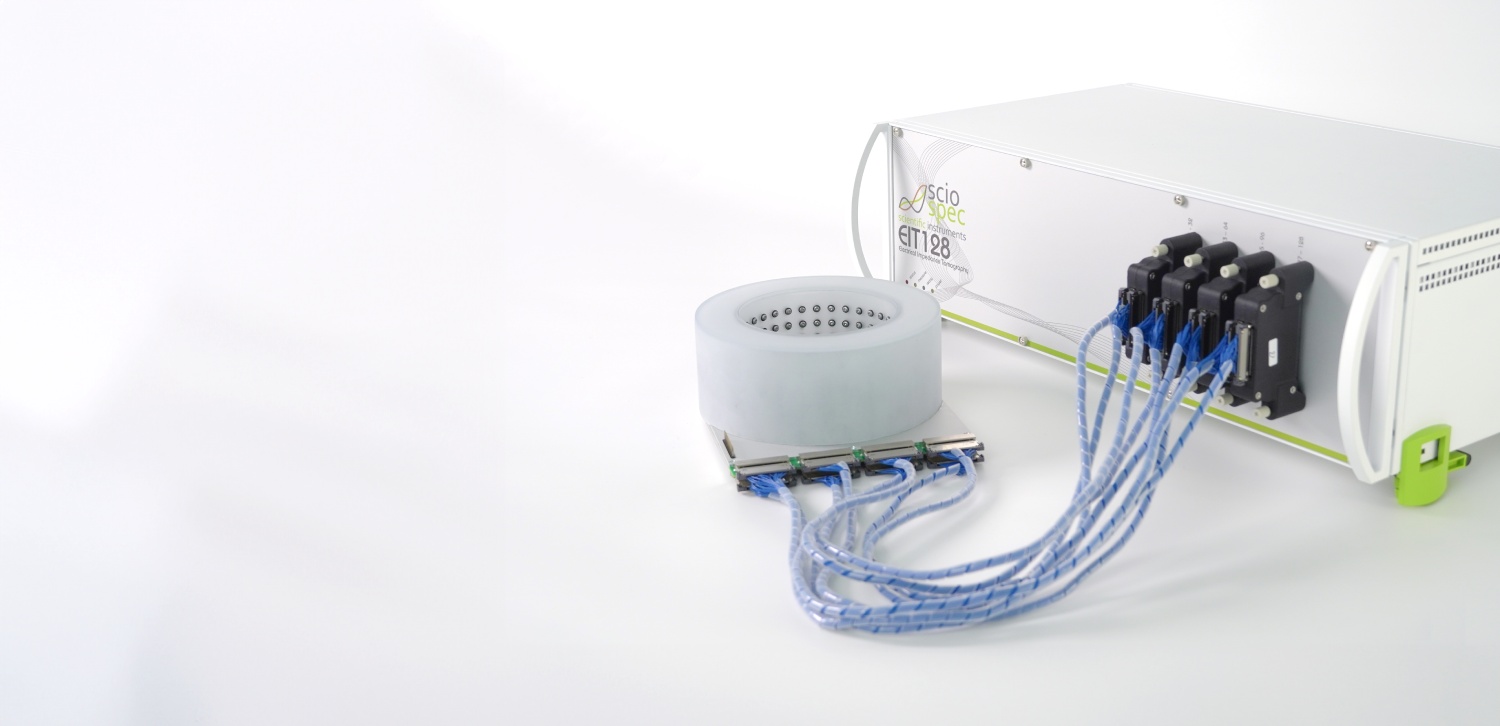
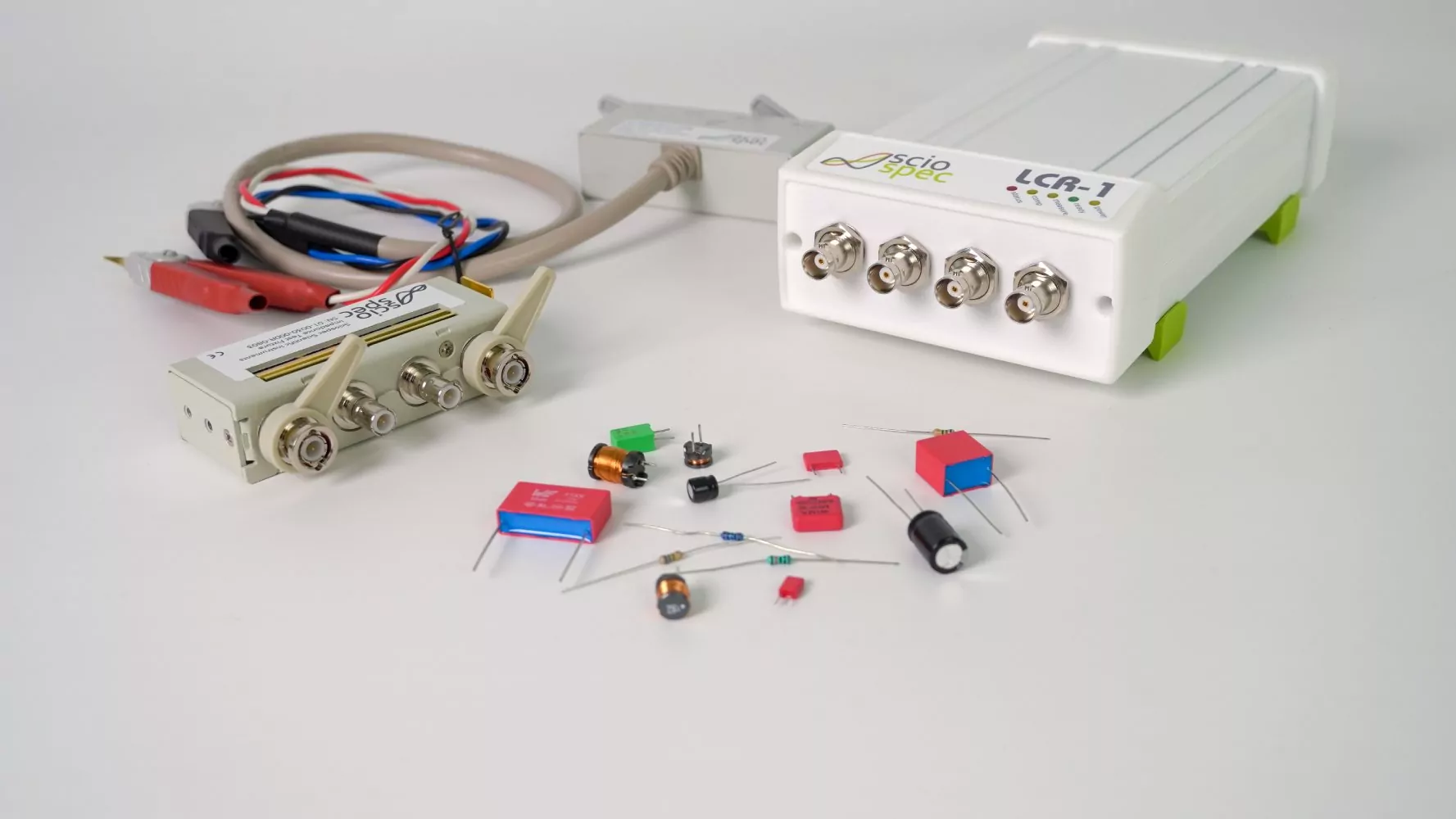
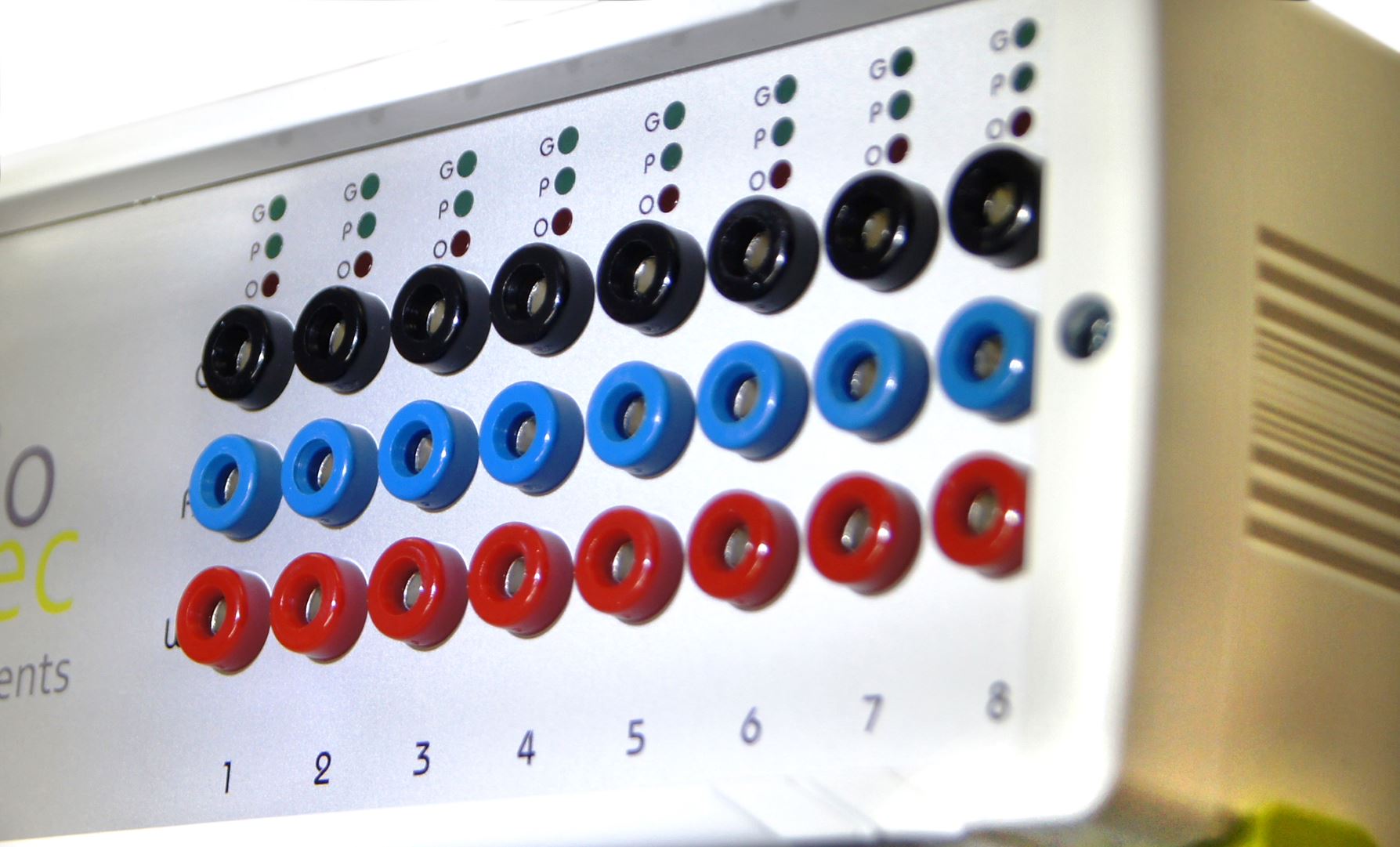
Electrical impedance spectroscopy is the most important tool for characterizing electrical properties.
Sciospec is the world leading expert in electrical impedance spectroscopy. We´d be happy to help you use this technology in your application.
Bioanalytics – From the smallest biosensor and point-of-care solutions to multi-channel biochip systems and massive multi-channel solutions for automated process control or pharmacological testing applications – scalability is in our genes. Bioanalytics have always represented the largest share of our use cases. The most typical representative are applications based on cell cultures – so-called cell-based assays. The cell cultures can either grow on substrates with electrode structures or be in flow-through (e.g. in microfluidic channels). Three-dimensional arrangements of cell clusters and electrodes are also becoming increasingly common, as is particularly relevant in so-called organ-on-chip applications. The electrical impedance of cell clusters or, in some cases, individual cells is measured. The electrical properties allow conclusions to be drawn about the structure or the physiological state. Dynamic physiological activity such as the “beating” of heart muscle cells (cardiomyocytes) or the typing of cell types in flow channels are also typical application scenarios for impedance spectroscopy. Specific derived parameters are often extracted from the impedance data – for example the TEER (trans epitelial electrical resistance) or growth parameters such as tissue density. The potential applications of such cell biological assays are far-reaching. Particularly exciting representatives are efficacy and tolerability testing of pharmaceutical agents and clinical diagnostics, e.g. phenotyping of risk groups for certain neurodegenerative or cardiovascular diseases. Sciospec has always worked intensively with specialized partners in bioanalytics and has developed numerous OEM products for this purpose over the years.
medical applications & clinical diagnostics Not only cell cultures and removed tissue have electrical properties that can be used diagnostically. Complex biological entities ranging from artificial organs to patients can also be examined with impedance spectroscopy. Our years of experience in medical research led to the development of the “medical research” variants of our impedance analyzers and EIT-systems. They offer the industries only viable option for 60601-1 conformal patient safety for impedance spectroscopy in clinical research scenarios.
Also common found in the medical domain is electrical impedance tomography. Here, the spatial distribution of impedance or conductivity in a volume is mapped out and visualized. The most famous application thereof certainly is lung-EIT – assessing the ventilation dynamics of the lung. This can be used to derive parameters important for artificial ventilation, for example, or indicators of impending traumatic events for lung and heart functionality. Other typical applications are gesture recognition, muscle contraction or neurological monitoring. For impedance tomography Sciospec has the world´s most powerful platform on the market today – check out Sciospec’s Electrical Impedance Tomography solutions for more details.
Component testing – The testing of passive and active electrical components such as resistors, capacitors and miniature energy storage devices poses increasing challenges for their manufacturers. On the one hand, these components must be specified more and more extensively in data sheets, and on the other hand, it must be possible to verify these specifications in production. This results from the rapidly increasing requirements of electronic products for the mass market. Whereas a few years ago it was only necessary to install very precise components in the development of price-intensive products, now articles in the consumer sector with high quality requirements are also in demand. Whereas until a few years ago LCR test equipment with a single frequency measurement on a few samples per production batch was typically sufficient, today more and more components with complex frequency-resolved impedance characteristics have to be tested. In addition, test quotas have risen sharply: In the example of miniature energy storage devices, which are increasingly needed in the current IoT trend, test rates of 100% are required due to the electrical conditioning and susceptibility to interference. The combination of application-specific high-precision impedance spectroscopy and high channel count is an excellent fit for Sciospec’s product portfolio.
Material science In the development and testing of materials, the electrical properties factually always play at least a secondary role, in many cases they are even the primary focus. Very typical examples are functional surface coatings, materials for the construction of technical systems or substrates for energy storage. Since the electrical properties are a decisive factor in determining how suitable a material is for a particular application, impedance spectroscopy plays an essential role during the development and production of the materials.
Use as Transducer Besides the analysis of electrical properties of materials, structures or objects, electrical impedance spectroscopy is also very commonly used as linking parameter in sensors. While the targeted property might be something like a gas concentration, a mass or the presence of specific biological compound, a sensor initially „converts“ this into a change of electrical property which is measured with impedance spectroscopy. Here we are not measuring the impedance of the target measurement object or substance itself, but that oft he the „transducer“. This could for example be a functional coating on the sensor that changes electrical behavior in the presence of certain molecules. In this manner, otherwise rather elusive and instable measurements can be obtained through the proven and robust method of impedance spectroscopy.
Other applications – Very generally speaking: Everything has electrical properties and more often than not these play a crucial role in the functional behaviour of a material, object, pro cess, etc. This is even true in cases where the primary function or intend is not electrical at all, e.g. in food processing or environmental analysis. Realising this, it obviously is of great advantage to know and control the electrical properties in almost all modern products. Be it in that laboratory, during product or process development or in production level quality control – impedance spectroscopy helps making products better and increases quality and safety everywhere.
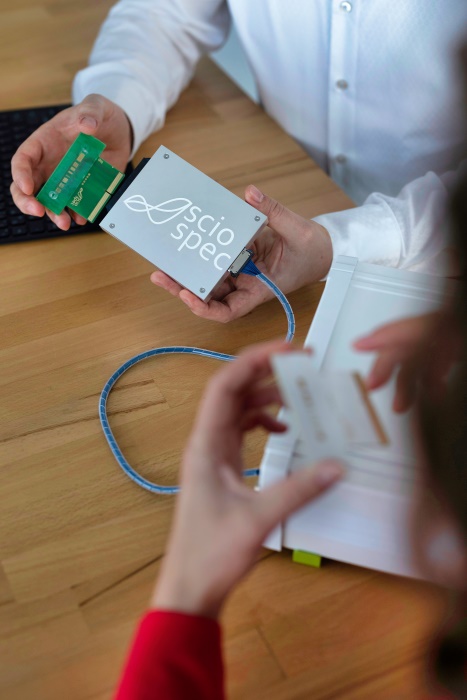
Complex impedance spectroscopy is …. well, complex. In practical use there are many traps you want to avoid. We are here to support you with advice and assistance, so you can quickly achieve good results and focus on the truly important aspects of your application. Our experienced team of experts is happy to advise you on the configuration of a suitable measurement setup. With years of engagement in the scientific community, collaborations with the biggest names in industry and research, and our high degree of specialization, we are the experts in our field. Particularly when it comes to the topic of scaling impedimetric measurement processes and transitioning methods from the laboratory to practical use, we have a few tricks up our sleeves. Sciospec technology, in the form of OEM solutions, forms the backbone of numerous renowned products for bioanalytical, medical, and industrial applications. So, if you need to measure impedances or have electroanalytical issues, Sciospec is your go-to partner.

